Records to fall in 2020 Vendee Globe
Published on August 31st, 2020
In the 2016 Vendee Globe, foils first appeared on the IMOCA boats used in this solo, non-stop round the world race. While impressive, when the 2020 edition begins November 8, these appendages will show the massive progressive which has occurred since the last race.
With their design and engineering now allowing these 60-footers to fly over the ocean for hours and hours, how much faster will they complete the course? Let’s review how we got here:
When foils appeared on IMOCA monohulls, they came with a lot of uncertainties and doubts. That even led the top designers of the day, Guillaume Verdier and his team in conjunction with the VPLP team, which designed the new prototypes, to take things one step at a time, as if they were walking on eggshells.
The foils they came up with were somewhat limited by the new rules which applied since 2014 which required smaller ballast tanks, a standard mast, and keel. So, they needed to find a solution for new boats to be faster than their predecessors, which had been fine-tuned and were very reliable.
The first steps forward: the arrival of foils on IMOCA boats
The major consequence of the new rules which applied to all the new prototypes, but also the older boats, which meant some parameters needed to be modified, was that the boats were not as stiff … they did not have the same ability to fly sails in light to moderate winds (12-18 knots) or stronger conditions (25-35 knots).
The more the solo sailors gained experience of their 60-foot boats, the more they heeled over reaching 30° so that the keel (canted by forty degrees) could be used as a way of easing the boat up and lifting the hull.
Thanks to the experience they acquired in the 2013 America’s Cup, which enabled 72-foot catamarans to fly around the race course, even during tacking and gybing maneuvers, the designers were able to adapt foils to the Vendée Globe monohulls to increase the amount of sail that could be hoisted.
But with IMOCA class rules limiting the number of movable appendages to one keel, two rudders, two daggerboards or two foils, the new appendages had to offer anti-drift properties when sailing upwind (at 40° to 50° to the real wind). On top of that, sailing more than 21,600 miles around the world was very different from a race lasting several hours on calm waters.
Would foils be able to cope with three month of solo non-stop sailing? The designers limited themselves so that the new appendages would offer a clear advantage with the wind on the beam without adversely affecting their VMG (Velocity Made Good) performance upwind and downwind.
The first version of the 2016 generation of foils was not that convincing, particularly when sailing upwind with the tip, the vertical extremity of the appendage, lacking grip and anti-drift properties. Consequently, the new prototypes had to sail almost 10° lower (50°) than the best monohulls from 2012 like SMA (ex-Macif, that has now become Clarisse Crémer’s Banque Populaire X).
The second version compensated for the losses upwind, a point of sail that is common in the east to west Atlantic crossing, but ultimately not very common in the round the world race, amounting to perhaps 5% to 10% of the journey.
However, every mile counts, and tighter angles are found leaving the Bay of Biscay, the passage through the Doldrums and across the Equator, in the SE’ly trade winds and then on the way back during the climb back up the Atlantic, off the coast of Argentina and Brazil, once again in the Doldrums and in the NE’ly trade winds.
2016 generation: 3 knots better in some points of sail
For the 2016 generation, the equation was as follows: the new IMOCAs needed to be as fast as the previous boats upwind and downwind, sail without their foils, and to be faster at between 70° and 120° to the real wind.
The series of changes to the foils meant they were able to meet those specifications. These appendages took up 30% of the weight of the boat when sailing (or a lift of around three tons), meaning more sail could be hoisted while easing the weight on the center of the hull, meaning extra power with the wind on the beam.
The six new boats from the last race (StMichel-Virbac, No Way Back, Edmond de Rothschild, Safran II, Banque Populaire VIII, HUGO BOSS) achieved gains of around three knots over their rivals when sailing broad reaching with the wind on the beam or reaching, without any real losses in performance at between 45° and 60° or above 130°.
Today, after four years of research, experimentation, and given the background of innovations linked to the America’s Cup, designers have certainly come a long way.
From 30% of the overall weight being lifted, the designers have taken it to 100% of the weight when sailing, so have gone from 3 to 9 tons. The new appendages are much bigger, much finer, and a lot more sophisticated. They can even be deformed when under strain and get the IMOCA boats flying above the water.
On the other hand, they have had to reinforce the hull a great deal from the bow to the rear of the keel, due to the increasingly violent impact when hitting waves.
The “old” boats modified with new appendages have significantly gained weight (Initiatives-Cœur, La Fabrique, La Mie Câline – Artisans Artipôle, MACSF, Maître CoQ IV, PRB, SeaExplorer-Yacht Club de Monaco, Time for Oceans) whereas the latest generation are able to be the same or better than the best of the generation 2016 boats Apivia, Arkéa-Paprec, Charal, Corum l’Epargne, DMG Mori, HUGO BOSS, L’Occitane en Provence, LinkedOut), at least when they were first launched, some have indeed added extra structure since they first went in the water.
Generation 2020: up to ten knots faster in reaching conditions
So now we are in an era of proper foiling, or full flight, and the IMOCA monohull is no longer in touch with the water except on its leeward foil, part of the keel, rudder and transom. So the wetted wet surface area is very much reduced. Less resistant to forward movement means simply means more speed!
Depending on the profile and shape of the foils, these new prototypes can maintain twelve to fifteen knots of speed. Compared to a conventional daggerboard monohull, they go faster tight reaching (two to three knots more) and upwind for the same VMG, but are much faster in crossed, reaching winds (five to ten knots or more) and broad reaching (three to six knots faster), while maintaining good VMG downwind, more than 145° to the true wind direction.
However, on this Vendée Globe, the angles of tight reaching and broad reaching are found in the northeast trade winds, from Madeira to the Doldrums, then in the north then north-westerly breezes from Brazil to the Cape of Good Hope, in the Southern Ocean, then after Cape Horn in a favorable Argentinian depression and back in the northern hemisphere to the finish.
It is therefore very likely that the reference time established by Armel Le Cléac’h in 2016 (74d 03h 35 ’46’ ‘) will be significantly beaten since the new 60-footers are capable of maintaining averages of around 30 knots for several hours.
The variable now is the stamina and durability not of the boats but of the skippers who must live with the noisy whistling of the appendages, the shock of the waves – and above all the extremely violent movements of the boat between “take-off” and “landing”.
It will not be easy to keep everything going well on a nine-ton sailboat, alone.
The Vendée Globe is the only sailing race round the world that’s solo, non-stop, and without assistance, and it is all systems go for the 9th edition on November 8, 2020. Beginning in 1989 with 13 entries, the start line on November 8th may see up to 35 skippers set off from Les Sables d’Olonne, France.
The development of the IMOCA Class toward foiling will see these boats hurl themselves around the world, teetering on carbon skates through inhospitable regions, chasing the record set in 2016-17 by Armel le Cléac’h of 74:03:35:46.
Race details – Skippers – Facebook
Source: Vendee Globe


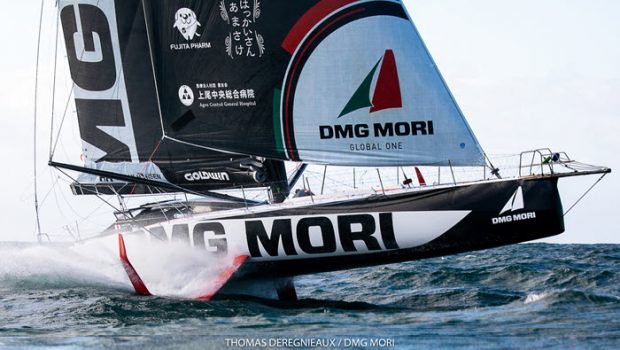

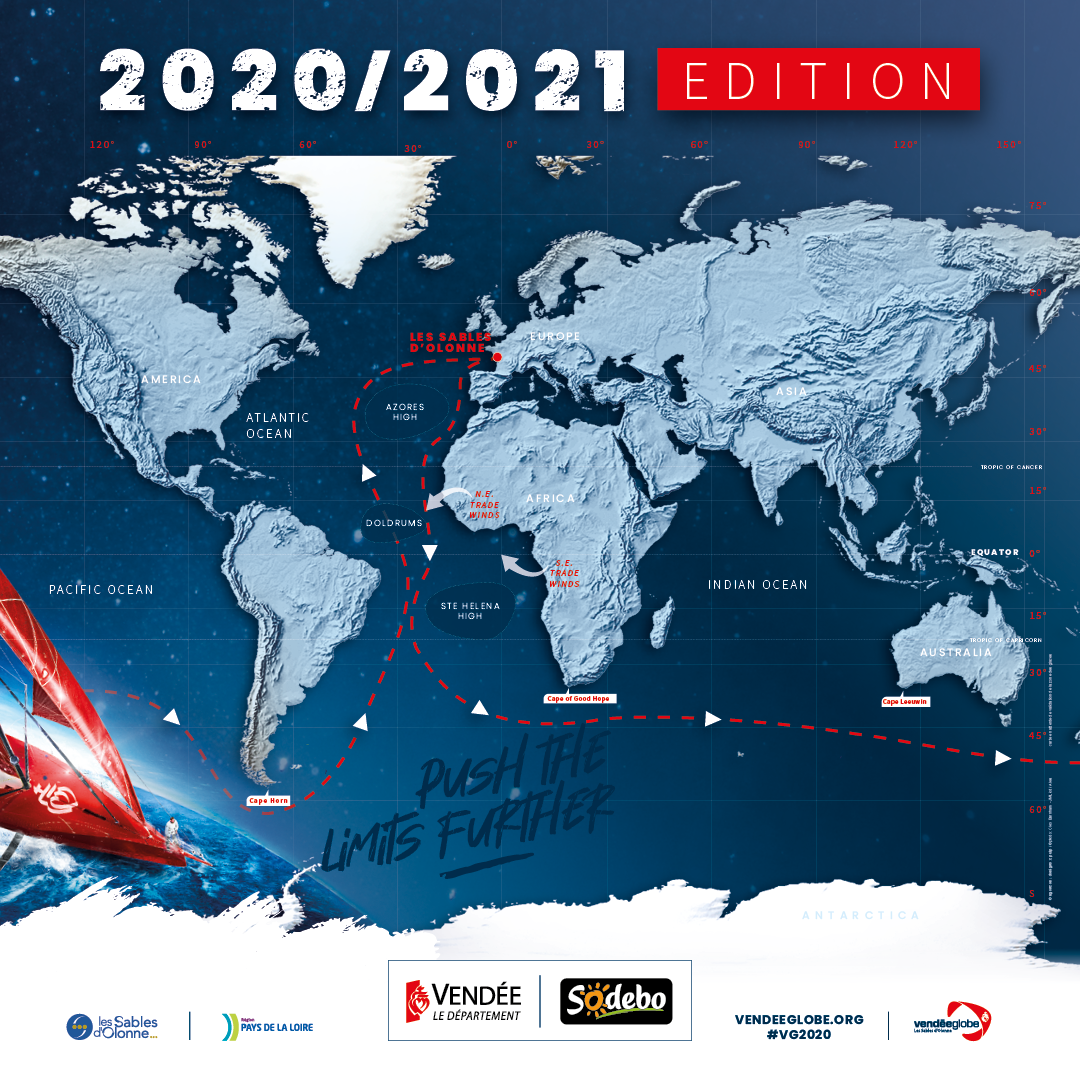

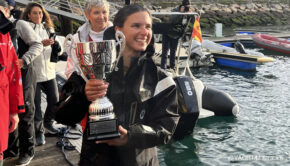
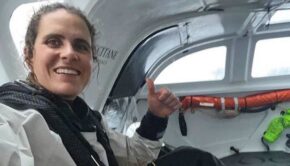
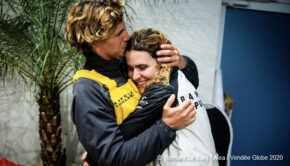
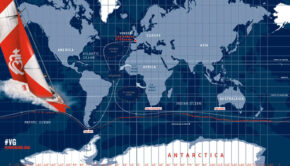
 We’ll keep your information safe.
We’ll keep your information safe.